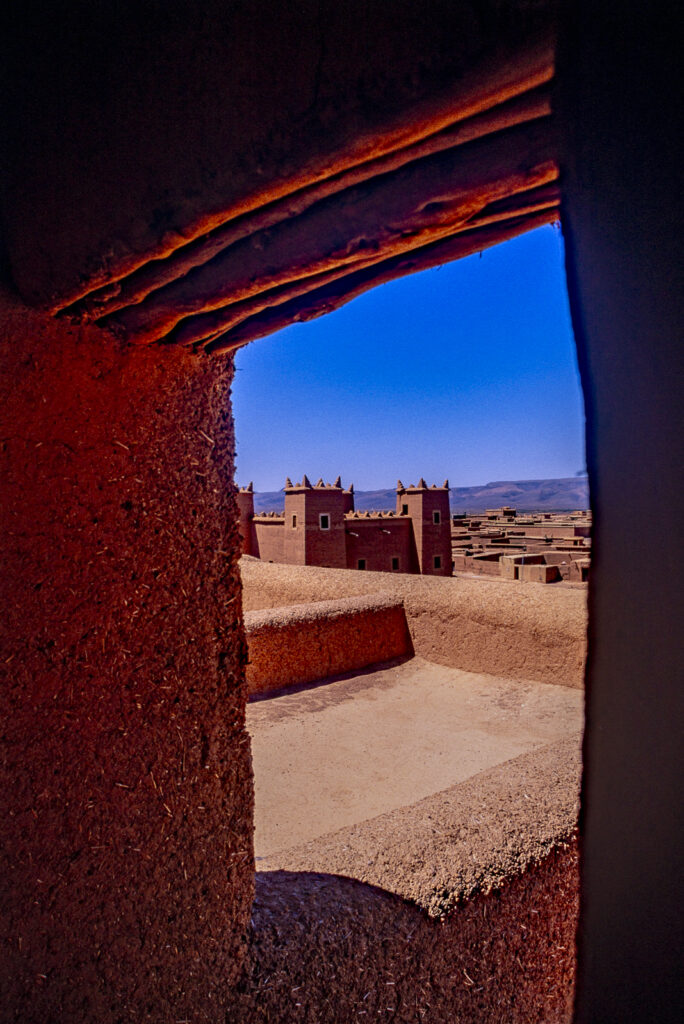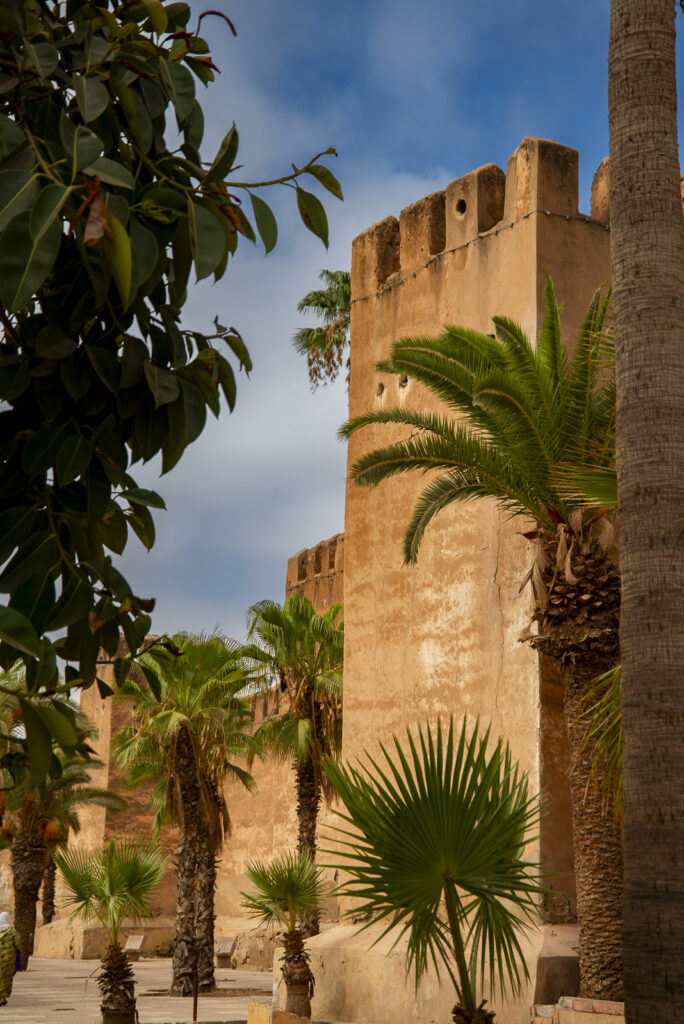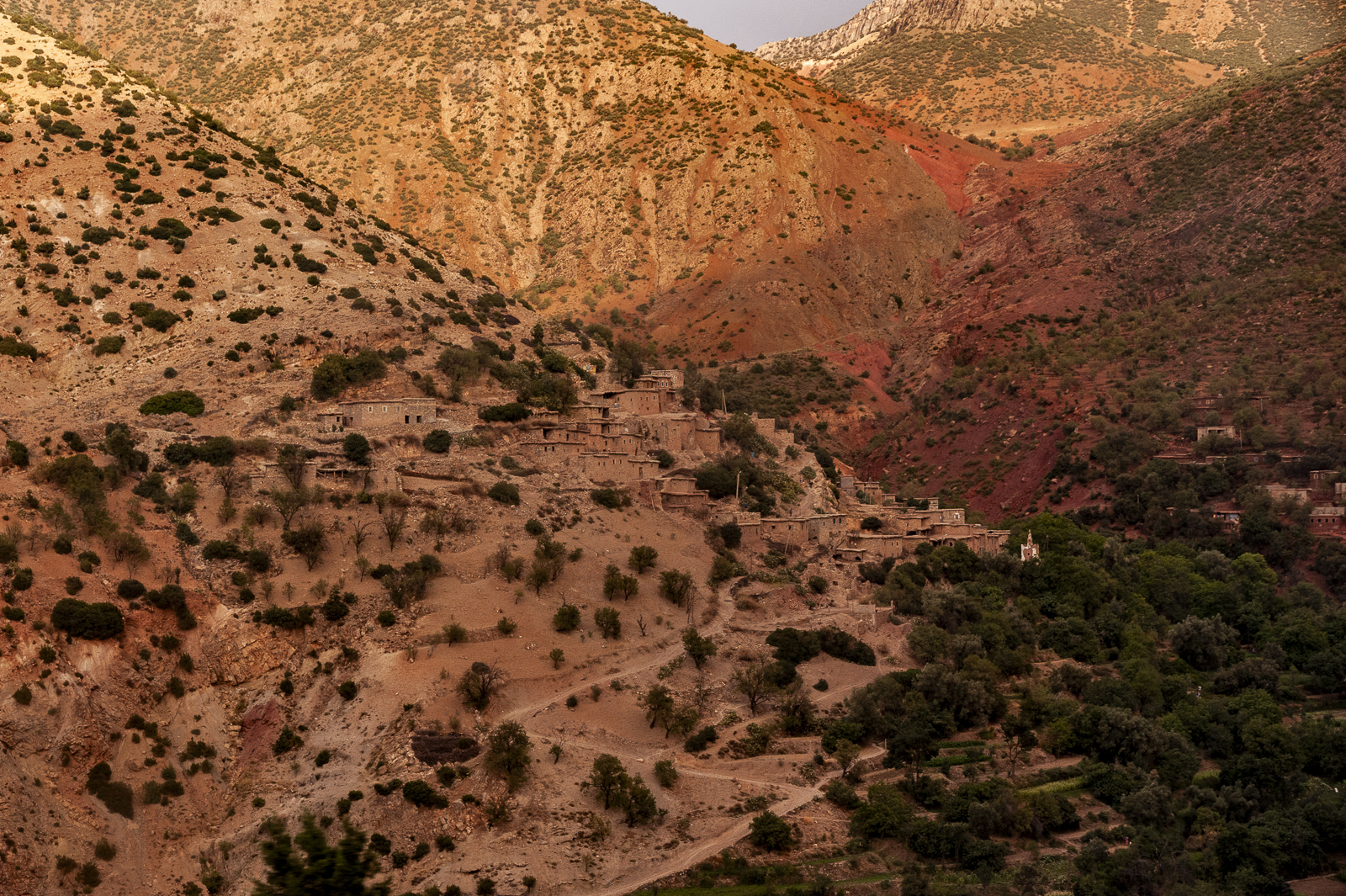

Find out more:
Throughout history, North Africa has witnessed various forms of political organisation. Two of the most renowned of the ancient kingdoms were those of Masinissa, king of the Numidians (3rd to 2nd century B.C.E.), and Boco (2nd to 1st century B.C.E.), king of Mauritania. In later periods, when the territory was under foreign rule, leaders included, among others, Gregory in Byzantium (c. VII), and Musa b. Nusayr (c. VIII), in the Caliphate of Damascus.
The incorporation of the Maghreb into the Islamic space (dar al-Islam) led to new power structures with a considerably varied territorial reach that included the city of Tahart (now in Algeria), founded by the eastern imam Abd al-Rahman b. Rustam (s. VIII), who ruled with significant support from Berber tribes; and the Emirate of the Idrisids (c. IX), who controlled a large part of present-day Morocco, in places such as Fez and Sijilmassa (now Rissani). Later, 10th century Maghreb saw the rise of the Fatimid Shi’a and the caliphate they founded, which vied with the Andalusian Umayyads for control of the Maghreb and its resources.
Worthy of whole chapters devoted to them are the Almoravids (c. XI) and the Almohads (c. XII), whose foundations were entirely Berber, with the predominant tribes of the Sinhaya and Lamtuna in the case of the former and the Masmuda in the case of the latter. Their territorial expansion was directed towards al-Andalus, and in the case of the Almohads, also towards the central Maghreb, integrating them into their caliphate. The organisation of the Almohad state reflects a typically Berber model of group representation (ahl al-jama’a, ahl al-khamsin), which was part of the very structure of the empire. The current jama’a, a local assembly of notables, is a manifestation of the survival of this system in society. Also of note is twiza, a traditional practice of collective cooperative work.
Helena de Felipe Rodríguez
Alcalá University
Miguel Ángel Manzano Rodríguez
IEMYRhd – University of Salamanca
















